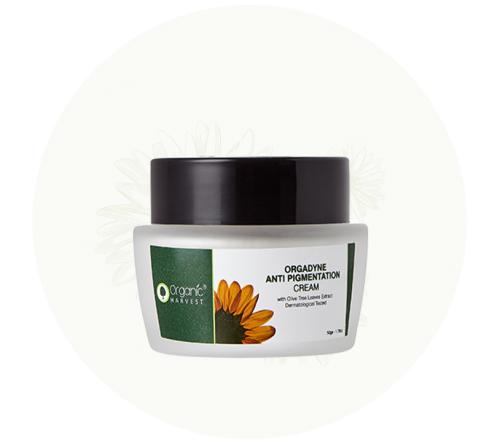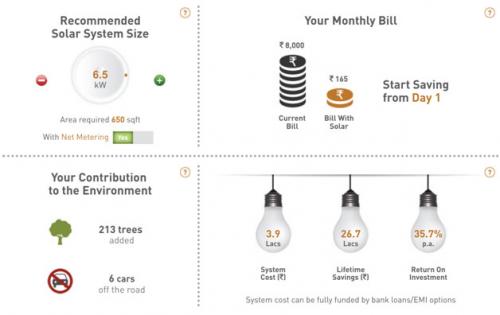Definitive Guide: All You Need to Know About Remote Patient Monitoring
Can you imagine a world where one does not need to physically meet a doctor for follow-ups? Or a world where a doctor knows the condition and improvements of his patients in real-time? With the arrival of Covid-19, the entire healthcare sector shifted towards the most modern form of dispensing quality healthcare i.e. telemedicine. Remote patient monitoring is an integral part of this very system. RPM reduces the dependency on logistics and focuses on digital technologies and medical devices.
But, what is Remote Patient Monitoring?
Remote patient monitoring is a type of ambulatory healthcare system that utilizes medical devices to record, store and share vitals and other data in real-time. A part of the e-health domain, RPM helps in managing both acute and chronic medical conditions. The biggest advantage that comes out of its use is that no matter where the patient is, their data can be recorded and shared at that very point in time. The doctor doesn’t have to wait for the patient to visit, and the patient doesn’t have to worry about transit, consultation, and stay costs.
What kind of remote patient monitoring devices are used?
For every medical ailment, specific data points are recorded and communicated to confirm that the patient is improving and is healthy. Some common medical devices that are used by patients include
Blood pressure monitor
Glucometer for diabetic patients
Heart rate monitors
Apps that record steps or exercise
Calorie logging apps
Dementia and fall risk surveillance monitors
Oxymeters, especially for Covid patients
What are the applications for RPM systems?
As mentioned above, this system helps track patient data when the patient is at their home, office, in transit, or on a vacation. Some remote healthcare applications explored in details include
Tracking medical symptoms and daily stats
Diabetes check
Hypertension check
For geriatric care, especially fall-risk patients
Dementia surveillance
Calorie and exercise logging for weight loss or weight maintenance
Addiction and behavioral care
Postoperative follow-ups
The concerned doctor can go through the physiological parameters of the patient and determine if the patient is healthy, or needs additional assistance. A remote patient monitoring system helps form treatment plans and make changes in them, according to the needs. Doctors can also send prescriptions to their patients, book appointments, and share documents through remote patient monitoring systems.
How do patients benefit from RPM?
RPM is a tool accessible to doctors and patients 24x7. This means that doctors can manage and treat more patients more effectively over a shorter time. Patients, on the other hand, reduce their out-of-pocket expenditure and become more independent.
Other advantages of the RPM system include
Better access to healthcare providers
Improved quality of care by accessing instant medical assistance, solutions to your doubts and questions, among others
Assurance and confidence in the healthcare system
Patient-centric care, as the communication between the doctor and patients, is open
Reduced costs with shorter hospital visits and hosp stay, lesser chances of ending up in an emergency, lesser readmission, no transportation or stay costs
Education regarding health condition and access to medical information
Feedback and support
How does it benefit the care provider?
Remote healthcare is the present and future of how care will be distributed to patients. The move of care providers towards RPM systems benefits them in the following ways.
They can manage and treat more patients in a shorter time
They enjoy an increase in delivering a higher quality of patient-centric care
Reduction in costs
Lower chances of burnout
Improvement in the relationship between patient and doctor
Ease of access to patient data
Who is using these systems?
UCLA Health, Mayo Clinic, Children’s Health Hospital are some mentionable associations utilizing a remote patient monitoring system. In India, DayToDay Health offers this service for pre-and-post surgery care, recovery care, and rehabilitation care. The service is entirely virtual, utilizing an app where all the patient data can be entered and viewed. A Care Coach is provided for assistance and the treating doctor has access to all the information, at any point in the day, accessible from any part of the world.






Comments